It was home to the most expensive Senate race in American history in 1984, and then again in 2014. Now, North Carolina is on a trajectory for another record — the first billion-dollar Senate race ever.
It’s a staggering sum that would amount to roughly twice the existing spending record, set in the 2020 Georgia Senate race. But there’s rare bipartisan consensus that a confluence of factors make it a contest capable of blowing away any and all Senate spending records, drowning broadcast and digital platforms in ads and turning North Carolina into a Senate battleground where expensive AI-driven technology is deployed at scale. It may be a glimpse at the 2028 presidential campaign, and beyond.
Foreshadowing the spending spree to come, the likely Democratic nominee, former Gov. Roy Cooper, raised $3.4 million in just his first 24 hours in the race — a new record for a one-day haul and enough to have bankrolled a full Senate campaign a generation ago.
“This could easily be a billion-dollar race, no question about it,” says Morgan Jackson, Cooper’s longtime political consultant.
With so few pickup opportunities for Democrats next year, there is no path back to a Senate majority without a victory in North Carolina. As one of America’s closest swing states — and as an open seat with no incumbent running — it represents the party’s best chance to flip a Republican-held seat. That means donors and super PACs on both sides will concentrate their firepower here, and the state will soak up money that might otherwise be spread across a half-dozen battlegrounds.
But that’s only one reason why this figures to be the King Kong of Senate races in 2026.
The expected matchup between Cooper, who served two terms as governor, and his likely opponent, former Republican National Committee Chairman Michael Whatley, is a pulse check on America’s direction in a critical presidential election state: Whatley is a loyal surrogate for three-time North Carolina winner Donald Trump; Cooper is the rare Democrat with a favorable image in the South.
Both are fundraising juggernauts with vast donor networks. Cooper has chaired both the Democratic Governors Association and the Democratic Attorneys General Association, cultivating a deep donor base across the country. His gubernatorial campaigns — fought and won in presidential and midterm cycles — proved his ability to bring in national cash and attention. A low-drama Southern Democrat with a knack for good political timing, Cooper is the most durable Democrat North Carolina has produced in a generation. If victorious, he may find himself on the shortlist for vice president, particularly if Democrats nominate a progressive-coded governor such as California’s Gavin Newsom. Cooper’s success in a Southern battleground state would help balance a ticket and contrast with Newsom’s California record, which could be troublesome for swing voters nationally.
Whatley, meanwhile, spent the last decade raising hundreds of millions for Republicans nationwide and has been in the trenches of three straight Trump campaigns. As RNC chief, he ran one of the most powerful fundraising machines in politics. As NCGOP chairman in 2020, he helped carry the state for Trump. With deep-rooted North Carolina conservative bona fides and both MAGA and traditional GOP infrastructure behind him, Whatley enters with the resources of a longtime incumbent, even if most voters don’t know who he is yet.
Whichever candidate defines the other first, strategists agree, will have an edge. “You can only meet voters for the first time once,” said Jackson. “If they turn up their nose at you early, it’s hard to get them back.”
The state’s political geography makes this race uniquely expensive. Since North Carolina’s population is distributed across the state, it is home to two major media markets in Charlotte and Raleigh-Durham, with additional large markets centered around Greensboro, Wilmington, and Greenville, not to mention several more in surrounding states that bleed across state borders. Reaching voters means saturating them in all of those markets. This mix of size, cost and competitive balance makes it one of the more expensive advertising battlegrounds in the country.
“North Carolina historically has had really expensive Senate races,” said Jim Blaine, a state-based Republican strategist. “Going back to Hunt vs. Helms [in 1984], that was the most expensive Senate race in American history, inflation-adjusted, for 30 years, until 2014, when Hagan vs. Tillis topped it and then, in 2020, Tillis vs. Cunningham set the record.”
“A billion dollars… I can’t even think of how you spend that much money,” Blaine mused.
If spending does hit $1 billion, the cost per vote would likely surpass $250 according to an analysis by my organization, the North Carolina FreeEnterprise Foundation — nearly five times the $56-per-vote price tag in the 2020 contest between retiring incumbent GOP Sen. Thom Tillis and Democrat Cal Cunningham. That level of spending doesn’t just overwhelm voters — it remakes the entire advertising ecosystem.
“In a billion-dollar race, the impact won’t stop at politics — it’s going to hit every corner of the advertising market,” said Cindy Morgan, a senior political media executive at Spectrum Reach, the ad sales division of cable giant Charter Communications. “Local businesses — from car dealers to hospitals — will face higher ad rates and more frequent preemptions as political spending floods TV and digital platforms. And voters won’t be able to escape it. Whether they’re watching news, sports, streaming content, or scrolling online, the most targeted audiences will be hit from every angle.”
Georgia’s twin Senate runoffs in 2020 offer a preview. Over a nine-week period, voters were bombarded with more than $500 million in ads, according to AdImpact, which tracks political advertising. In just one week alone, campaigns and outside groups ran 88 distinct political advertisements across the state. Mailboxes overflowed, email inboxes flooded, and local businesses couldn’t buy advertising space because of lacking inventory and increased prices. North Carolina’s contest, with more registered voters, more markets and more money, could multiply that saturation.
In general, as Election Day approaches, TV ad rates skyrocket, sometimes five to ten times higher than off-year prices. That pushes campaigns to start spending earlier, to lock in cheaper rates and build name ID before the fall rush. “Going up early helps build name ID at a lower cost,” Morgan said, “but once early voting starts, ad rates go through the roof.”
Jackson, the Cooper adviser and Democratic consultant, said one consequence of the high level of spending is that it will accelerate the start of the race. “The voters are targeted sooner. There are more people knocking on doors, more mail in mailboxes, more ads everywhere — and once it starts, it doesn’t stop until Election Day.”
And it won’t just be Cooper and Whatley doing the spending. Outside groups like the NRSC and DSCC, the RNC and DNC, the Republican-aligned Senate Leadership Fund and the Democratic-aligned Senate Majority PAC will pour in hundreds of millions collectively. In 2022, outside spending across all races in the nation hit $12.6 billion; in 2026, a single U.S. Senate race in North Carolina could attract over half a billion in outside spending alone.
“In these really expensive Senate races, it’s critical that you can raise enough money to tell your own story,” Jackson said. “Independent expenditure money often just freezes everything because it turns into an arms race. The ability to get up earlier and stay up longer than your opponent with your own message often makes the difference.”
The high stakes and massive sums of money make it likely North Carolina becomes a proving ground for the future of campaigning. It’s a good bet to become the first Senate battleground where AI-driven technology is deployed at scale, testing message tailoring, voter modeling and ad placement that could shape the 2028 presidential race and all future elections.
Nonstop narrative warfare across every platform, political ad inflation that prices out local businesses and down-ballot candidates, the most sophisticated data operations either party has ever deployed in the state; this is what’s ahead for North Carolina. It’s the purchasing power of a billion dollars — and the cost.
.png)
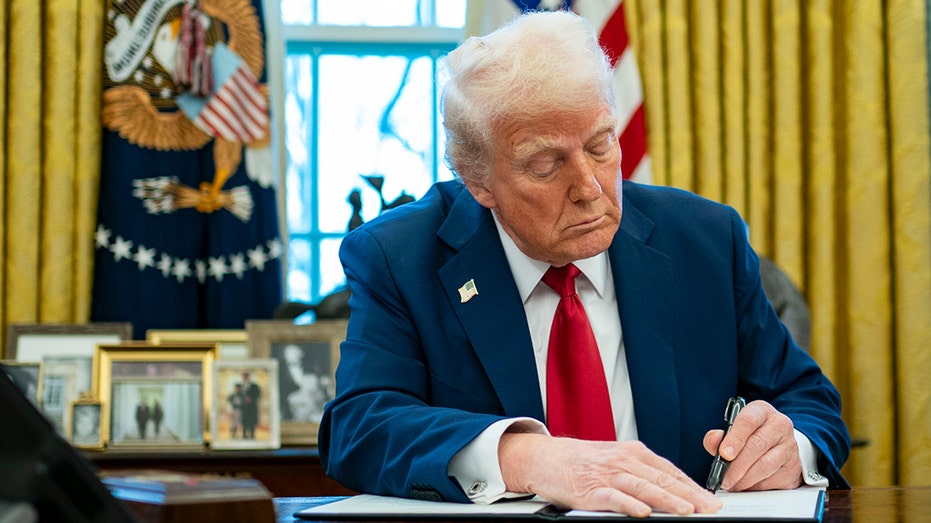
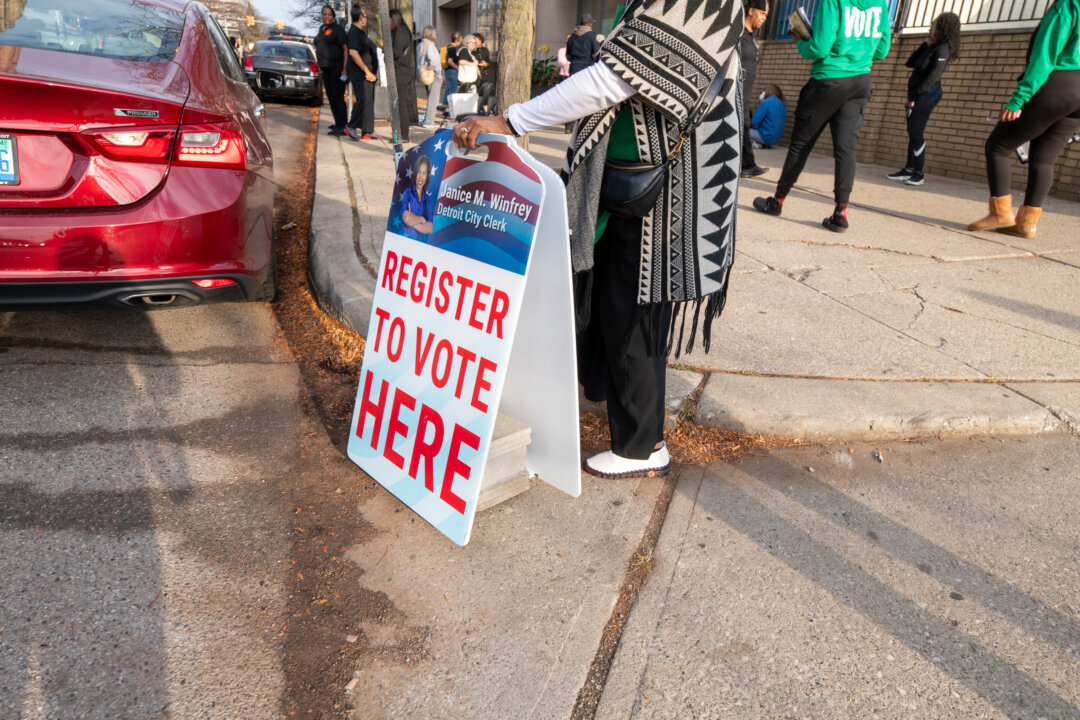

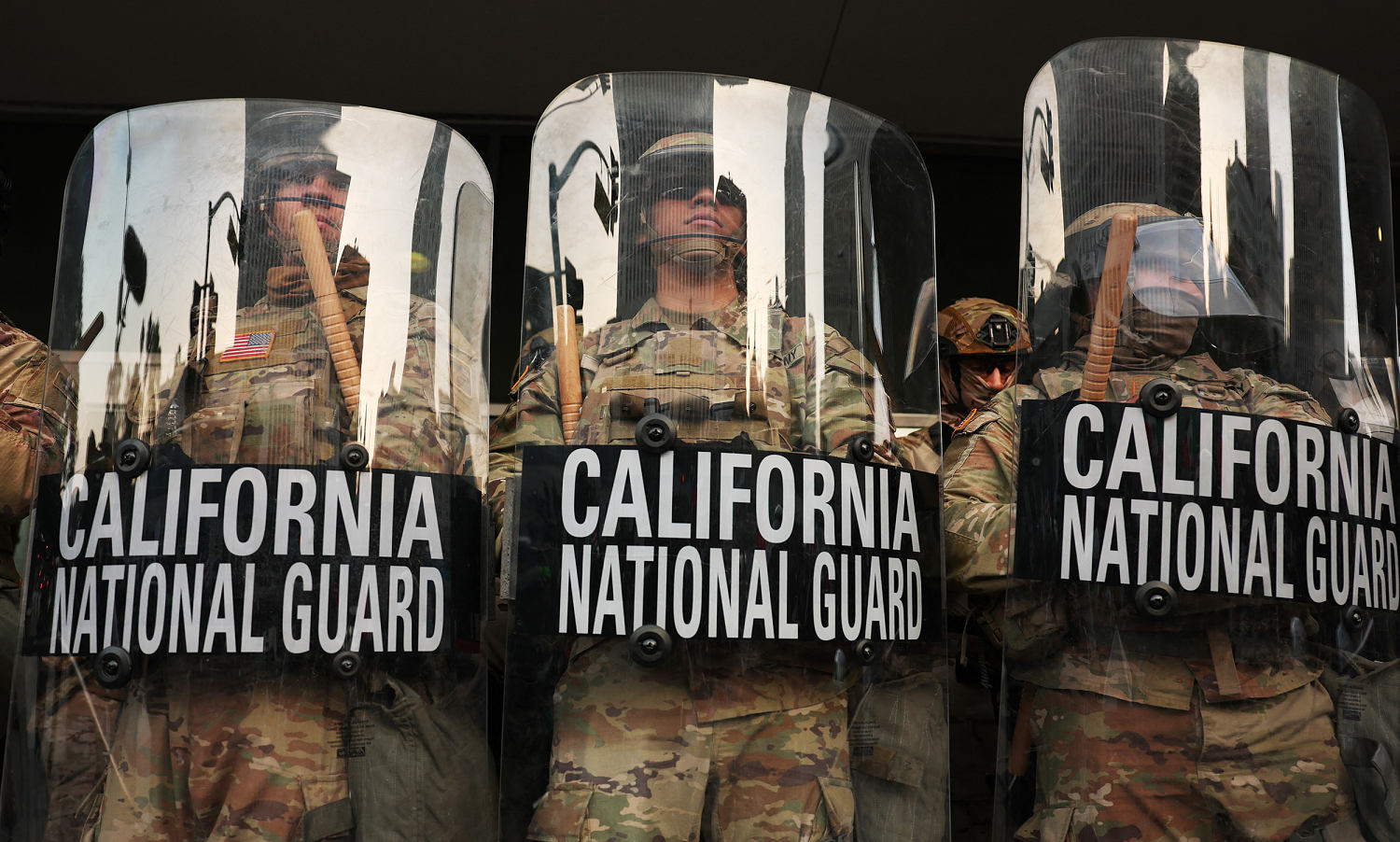

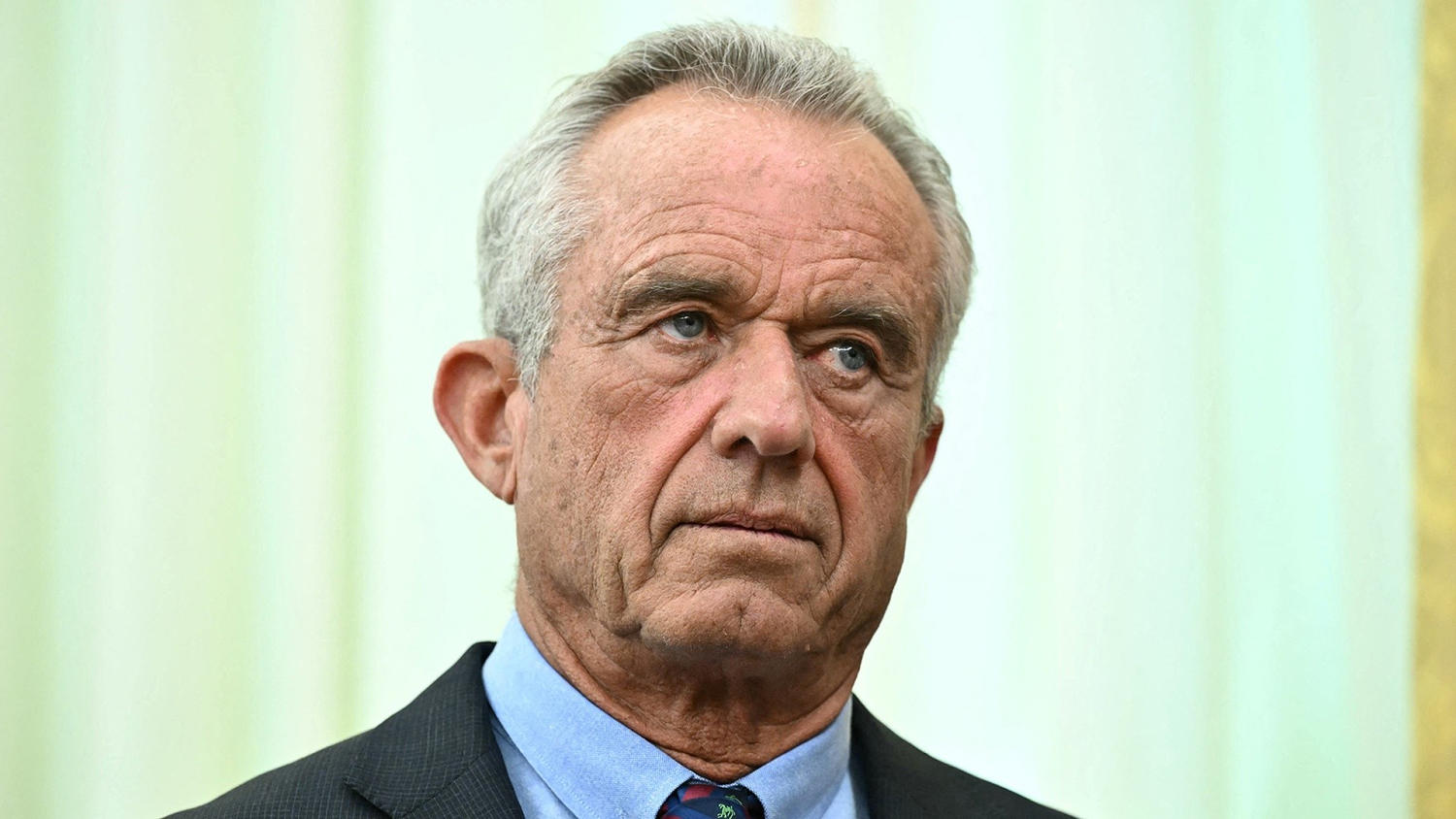
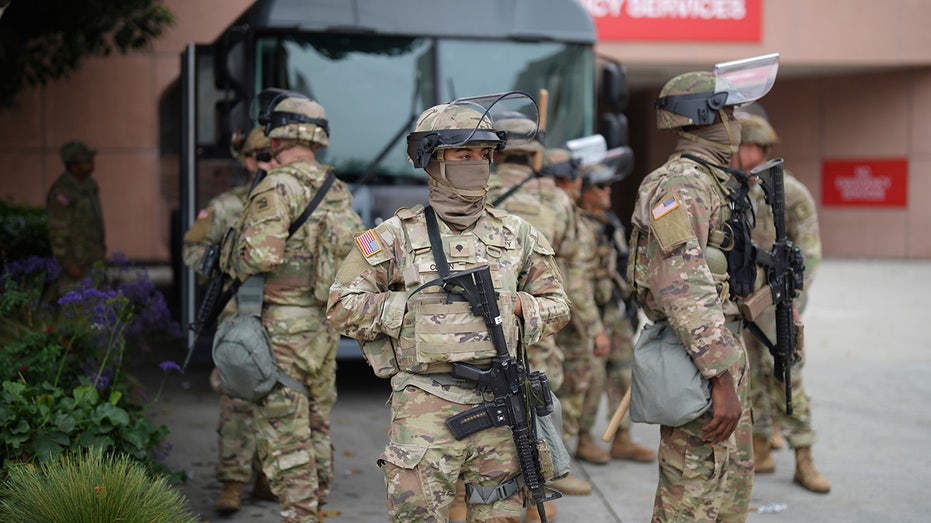



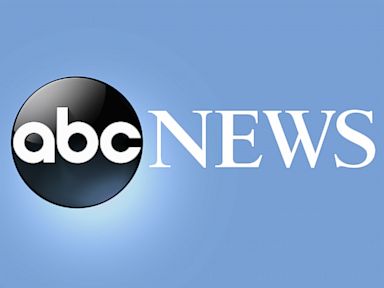

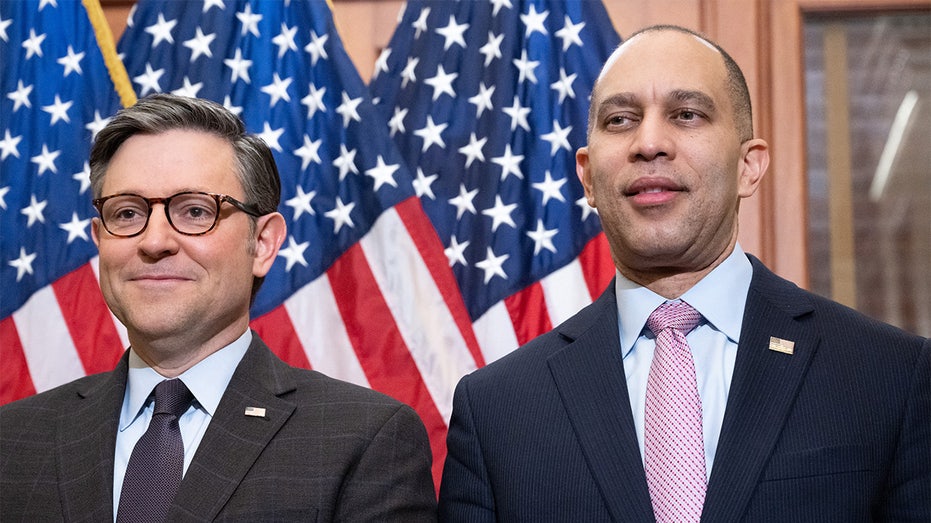


 English (US)
English (US)